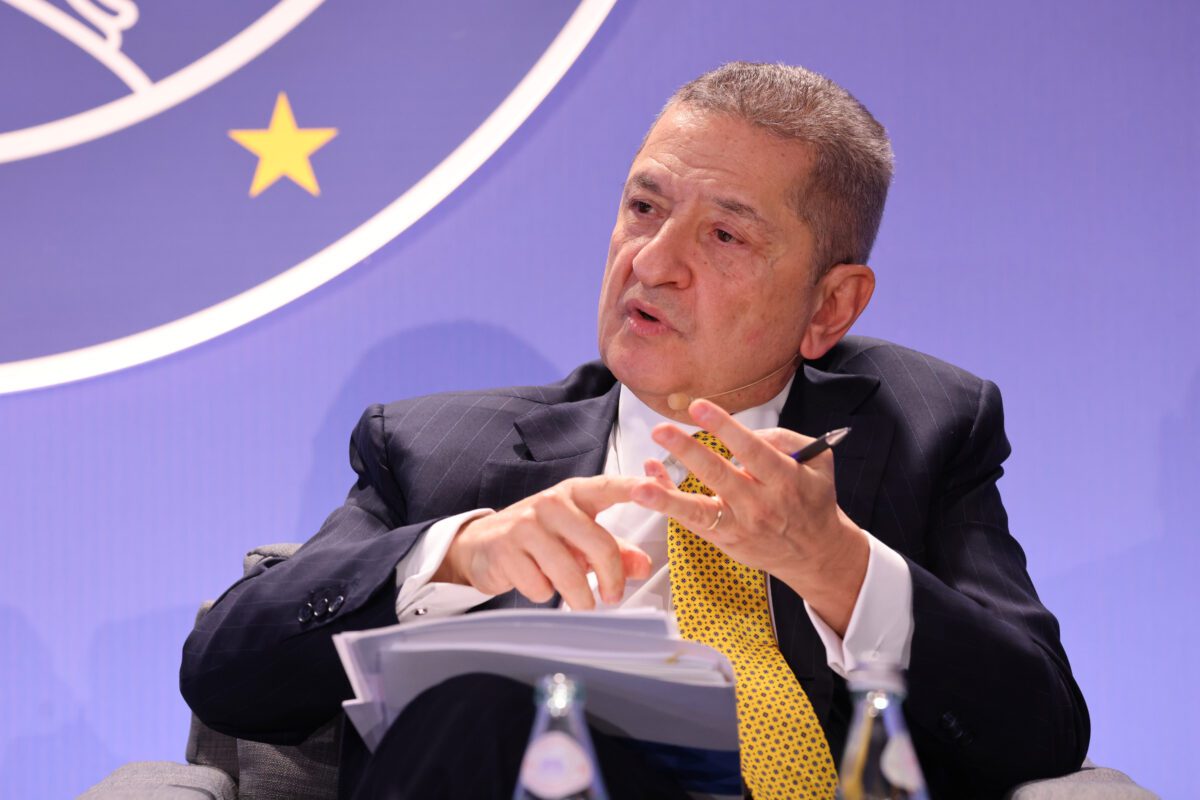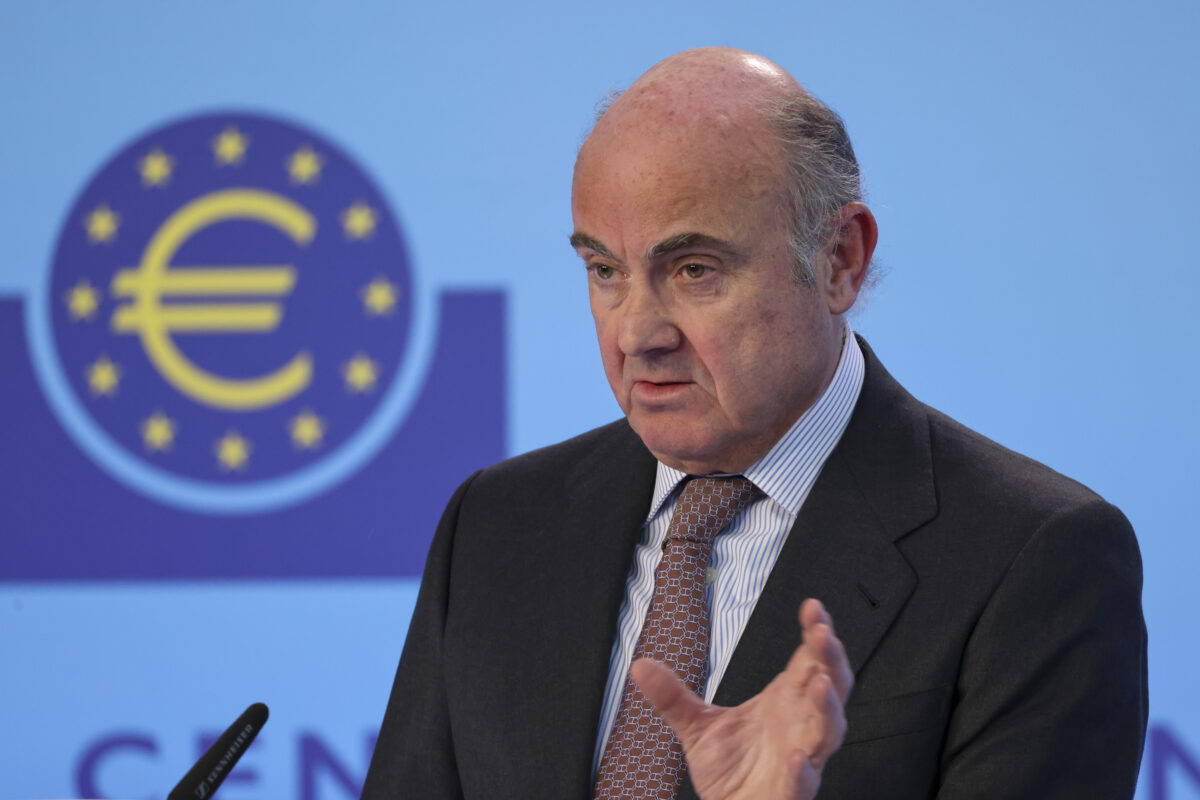Das ist vielleicht die wichtigste Sitzung der Fed seit vielen Monaten! Der Anstieg der Renditen bringt die Notenbank unter Druck – was ist die Botschaft an die Märkte? Hier Headlines und Kommentare, was das bedeutet – und welche Konsequenzen das für die Märkte hat!
Um die fortlaufenden Kommentare zu aktualisieren, drücken Sie bitte die Taste F5
– Dot Plots zeigen keine Zinsanhebung für 2023 – dovishes Signal, daher steigen die Aktienmärkte aktuell! Dollar schwächer..
Nur 7 von 18 Fed-Mitgliedern erwarten Zinsanhebung bis Ende 2023!
– Keine Änderung der Anleihekäufe bis „substantial further progress“ bei Arbeitsmarkt und bis Inflation über 2% steigt
– die Dot Plots für 2023 majority (11 of 18) see no rate hikes, two see as much as 4 rate hikes, three see 3 hikes, 1 sees 2 hikes, 1 sees 1 hike
Kurzkommentar FMW: sehr dovish – die Fed geht offenkundig weiter davon aus, dass Inflation kein Problem ist, daher erwartet die Mehrheit keine Zinsanhebung in 2023. Die Aktienmärkte begeistert, die Rendite fallen (nicht stark), der Dollar schwächer. Dabei erwartet die Fed in 2021 ein Wchatum von+6,5%
Hier ein treffender Kommentar von zerohedge: die Fed verliert ihre Glaubwürdigkeit!
Fed will either
i) blow the biggest bubble (even bigger) ever in the next 3 years
ii) or will lose all credibility when markets redline rate hike expectations— zerohedge (@zerohedge) March 17, 2021
Das Statement im Wortlaut:
The Federal Reserve is committed to using its full range of tools to support the U.S. economy in this challenging time, thereby promoting its maximum employment and price stability goals.
The COVID-19 pandemic is causing tremendous human and economic hardship across the United States and around the world. Following a moderation in the pace of the recovery, indicators of economic activity and employment have turned up recently, although the sectors most adversely affected by the pandemic remain weak. Inflation continues to run below 2 percent. Overall financial conditions remain accommodative, in part reflecting policy measures to support the economy and the flow of credit to U.S. households and businesses.
The path of the economy will depend significantly on the course of the virus, including progress on vaccinations. The ongoing public health crisis continues to weigh on economic activity, employment, and inflation, and poses considerable risks to the economic outlook.
The Committee seeks to achieve maximum employment and inflation at the rate of 2 percent over the longer run. With inflation running persistently below this longer-run goal, the Committee will aim to achieve inflation moderately above 2 percent for some time so that inflation averages 2 percent over time and longer‑term inflation expectations remain well anchored at 2 percent. The Committee expects to maintain an accommodative stance of monetary policy until these outcomes are achieved. The Committee decided to keep the target range for the federal funds rate at 0 to 1/4 percent and expects it will be appropriate to maintain this target range until labor market conditions have reached levels consistent with the Committee’s assessments of maximum employment and inflation has risen to 2 percent and is on track to moderately exceed 2 percent for some time. In addition, the Federal Reserve will continue to increase its holdings of Treasury securities by at least $80 billion per month and of agency mortgage‑backed securities by at least $40 billion per month until substantial further progress has been made toward the Committee’s maximum employment and price stability goals. These asset purchases help foster smooth market functioning and accommodative financial conditions, thereby supporting the flow of credit to households and businesses.
In assessing the appropriate stance of monetary policy, the Committee will continue to monitor the implications of incoming information for the economic outlook. The Committee would be prepared to adjust the stance of monetary policy as appropriate if risks emerge that could impede the attainment of the Committee’s goals. The Committee’s assessments will take into account a wide range of information, including readings on public health, labor market conditions, inflation pressures and inflation expectations, and financial and international developments.
Voting for the monetary policy action were Jerome H. Powell, Chair; John C. Williams, Vice Chair; Thomas I. Barkin; Raphael W. Bostic; Michelle W. Bowman; Lael Brainard; Richard H. Clarida; Mary C. Daly; Charles L. Evans; Randal K. Quarles; and Christopher J. Waller.
Kommentare lesen und schreiben, hier klicken













Hallo lieber Herr Fugmann,
ich würde mich wahnsinnig darüber freuen, wenn Sie uns über Youtube bei solchen wichtigen Veranstaltungen live begleiten könnten mit Ihren Worten und Ihre sehr geschätzte Meinung hierzu.
PS:
Ich bin sehr froh, dass es Sie gibt! Dank Ihnen habe ich sehr viele Fehler vermeiden können – Tausend Dank!
Es wird euch nichts passieren!
https://video.twimg.com/ext_tw_video/1369794107011440640/pu/vid/1024×576/7k6lxPkJB06SuZlv.mp4?tag=12
Hallo Herr Fugmann,
ich hab das offizielle Material auch gerade komplett gesichtet und gelesen und stimme nicht ganz überein mit ihrer Darstellung. Die Dotplots sehen bei vier Zentralbänkern eine Zinsanhebung bereits im Jahr 2022 vor, 7 Zentralbänker sehen eine Zinsanhebung in 2023 in einer Range bis zu 1% Leitzins. Darüber hinaus beinhaltet das FOMC Statement nichts, wie sie bereits in Ihren Videos vermuteten, zum Thema SLR.